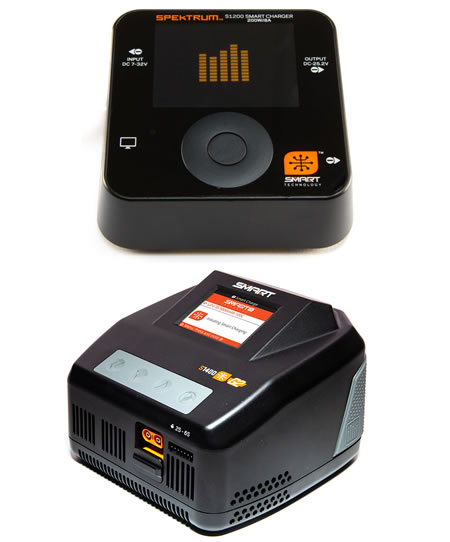Hobby 2000 1/32 Messerschmitt Bf-109F-2 Eastern Front # 32013
The Messerschmitt Bf 109F-2, a key variant of the renowned German fighter aircraft, played a significant role during operations on the Eastern Front in 1941-1942, particularly during the initial phases of Operation Barbarossa.
Known as the "Friedrich", this model was widely regarded for its balance of speed, firepower, and agility, making it a favorite among Luftwaffe pilots.
Design and Performance
The Bf 109F-2 was a marked improvement over the earlier E-series, featuring a sleeker and more aerodynamically refined design that emphasized high-altitude performance and maneuverability.
Engine:
Powered by the Daimler-Benz DB 601N, a 12-cylinder inverted V-engine delivering 1,200 horsepower.
Maximum speed of 615 km/h (382 mph) at altitude, with excellent climb performance.
Armament:
Equipped with a 15mm MG 151 cannon firing through the propeller hub.
Two 7.92mm MG 17 machine guns mounted on the cowling.
Airframe:
Streamlined fuselage with redesigned wingtips for improved aerodynamics.
Rounded spinner and revised cooling systems for enhanced efficiency in harsh conditions.
The F-2 was lighter than its successor, the F-4, which improved its agility but slightly limited its firepower compared to later variants.
Role on the Eastern Front
On the vast expanses of the Eastern Front, the Bf 109F-2 served in a variety of roles, including:
Air Superiority: Engaging Soviet fighters such as the Yak-1, MiG-3, and LaGG-3, where the F-2's superior speed and climb rate often gave it the edge.
Escort Missions: Protecting German bombers during strikes on Soviet infrastructure and military targets.
Ground Attack: Strafing Soviet supply convoys, trains, and troop concentrations.
The aircraft's agility was crucial in dogfights over the steppes, and its performance at higher altitudes allowed Luftwaffe pilots to dominate early encounters with Soviet air forces.
Challenges and Legacy
While the Bf 109F-2 was a formidable aircraft, it faced several challenges on the Eastern Front:
Harsh Weather: The cold climate and poor airfield conditions often strained its engine and systems.
Soviet Tactics: Over time, Soviet pilots adapted their tactics, exploiting their numerical advantage and using heavily armored aircraft.
Evolving Threats: By mid-1942, newer Soviet aircraft like the Yak-7 and improved LaGG-3 variants began to challenge the F-2’s supremacy.
Despite these difficulties, the Bf 109F-2 remained a critical component of the Luftwaffe's arsenal, contributing to the Luftwaffe's early successes in the Soviet Union.
Historical Significance
The Bf 109F-2's deployment on the Eastern Front underscored the Luftwaffe’s reliance on the Friedrich during the early stages of the war.
Pilots like Hermann Graf, a prominent ace, achieved numerous victories in this variant, further cementing its reputation as one of the most capable fighters of its time. Its combination of speed, firepower, and maneuverability made it a versatile and effective tool in the Luftwaffe’s strategy during this grueling campaign.




Did you know we are the UK's largest GodHand Tools stockist and official UK distributor!
Check out their amazing Ultimate Nipper 5.0, which is the best Nipper on the market.
All Godhand tools are available for next-day delivery.





















 Spread the cost with Paypal Credit
Spread the cost with Paypal Credit
 Spread the cost with Klarna
Spread the cost with Klarna












